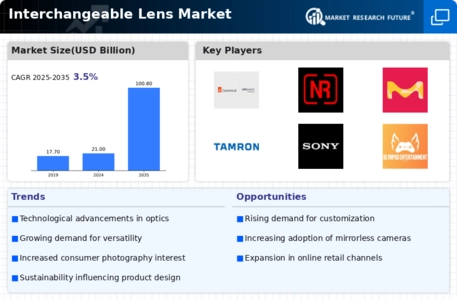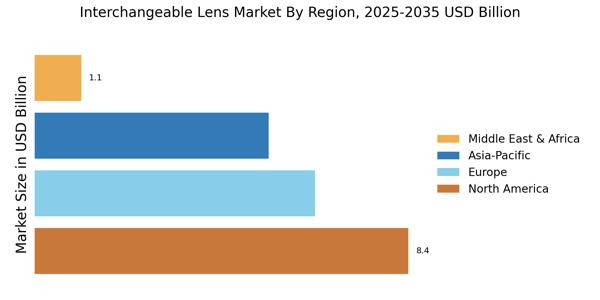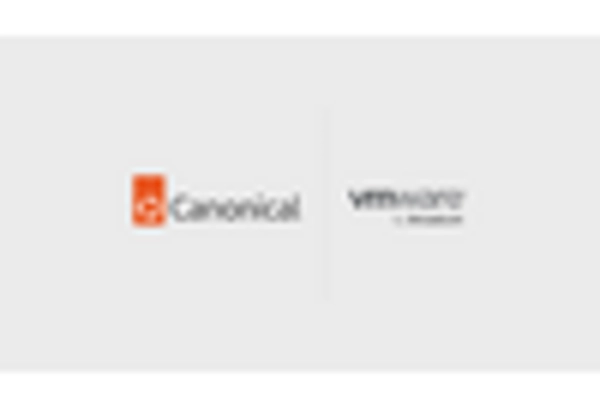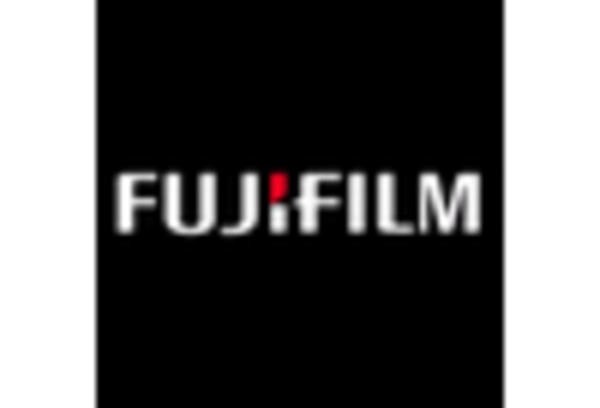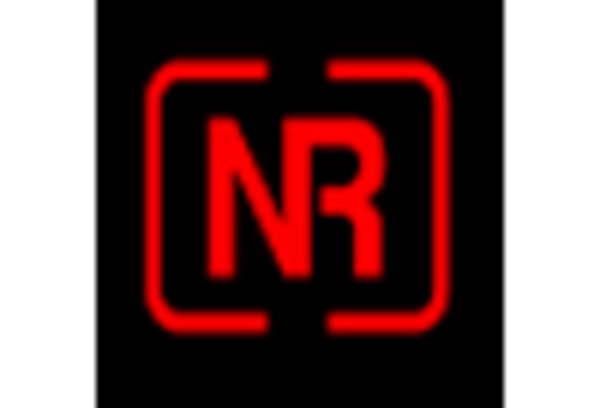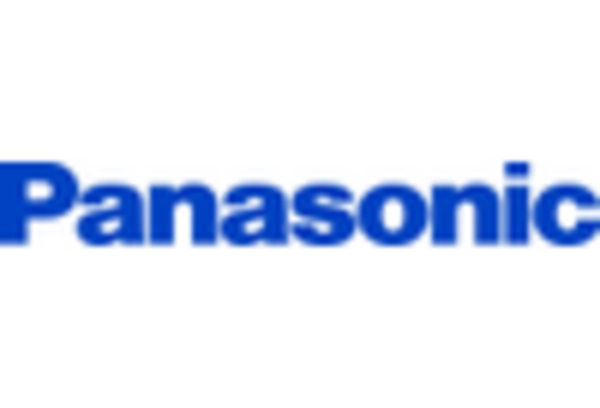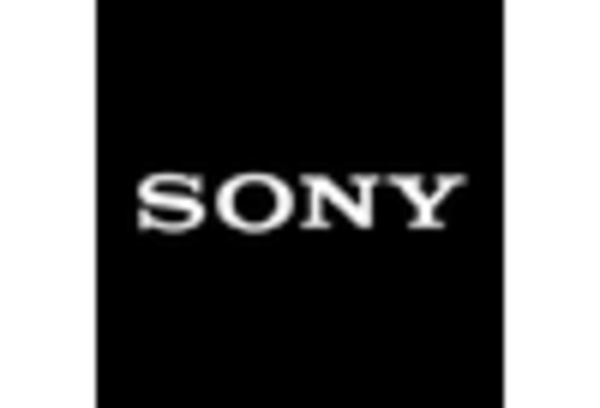Emergence of Hybrid Work Models
The Interchangeable Lens Market is influenced by the emergence of hybrid work models, which have led to an increase in content creation for professional purposes. As businesses adapt to flexible work arrangements, employees are often required to produce high-quality visual content for marketing and communication. This shift has resulted in a growing demand for interchangeable lenses that cater to both professional and personal use. Data suggests that the market for professional-grade lenses is expanding, with a projected growth rate of around 12% over the next few years. This trend indicates that as more individuals engage in content creation, the Interchangeable Lens Market will likely continue to thrive.
Growth of the E-commerce Sector
The Interchangeable Lens Market is benefiting from the rapid expansion of the e-commerce sector. Online platforms provide consumers with easy access to a wide range of interchangeable lenses, often at competitive prices. This accessibility is particularly advantageous for niche markets, where specialized lenses may not be readily available in physical retail stores. Recent statistics indicate that e-commerce sales in the photography equipment sector have increased by over 20% in the past year, reflecting a shift in consumer purchasing behavior. As more consumers turn to online shopping for their photography needs, the Interchangeable Lens Market is likely to see sustained growth, driven by the convenience and variety offered by e-commerce platforms.
Increased Demand for High-Quality Imaging
The Interchangeable Lens Market is witnessing a notable increase in demand for high-quality imaging solutions. As consumers become more discerning about image quality, the need for superior lenses that can deliver exceptional clarity and detail is paramount. This trend is particularly evident among professional photographers and videographers who require lenses that can perform well in various lighting conditions. Market data suggests that the premium lens segment is expanding, with sales of high-end lenses increasing by approximately 15% annually. This growth is indicative of a broader shift towards quality over quantity, as consumers prioritize investing in interchangeable lenses that enhance their photographic capabilities, thus propelling the Interchangeable Lens Market forward.
Technological Innovations in Camera Systems
The Interchangeable Lens Market is experiencing a surge in demand due to rapid technological advancements in camera systems. Innovations such as mirrorless cameras, which offer compact designs without sacrificing image quality, are becoming increasingly popular among both amateur and professional photographers. The integration of advanced autofocus systems and image stabilization technologies enhances the user experience, making interchangeable lenses more appealing. According to recent data, the market for mirrorless cameras is projected to grow significantly, with a compound annual growth rate of over 10% in the coming years. This trend indicates a robust demand for high-quality interchangeable lenses that complement these advanced camera systems, thereby driving growth in the Interchangeable Lens Market.
Rising Popularity of Photography and Videography
The Interchangeable Lens Market is experiencing growth fueled by the rising popularity of photography and videography as hobbies and professions. With the advent of social media platforms, individuals are increasingly motivated to capture high-quality images and videos, leading to a surge in demand for interchangeable lenses. This trend is particularly pronounced among millennials and Gen Z, who prioritize visual content creation. Market analysis indicates that the number of individuals engaging in photography-related activities has increased significantly, with a corresponding rise in lens purchases. As more people seek to enhance their creative expression through photography, the Interchangeable Lens Market is poised for continued expansion.

